About William Kentridge
Full bio
William Kentridge
William Kentridge was born in Johannesburg on 1955. He earned a Ba- chelor of Arts degree in Politics and African Studies and then a diploma in Fine Arts from the Johannesburg Art Foundation. At the end of the 1970s, he studied mime and theatre at the École Inter- nationale de Théâtre Jacques Lecoq in Paris….
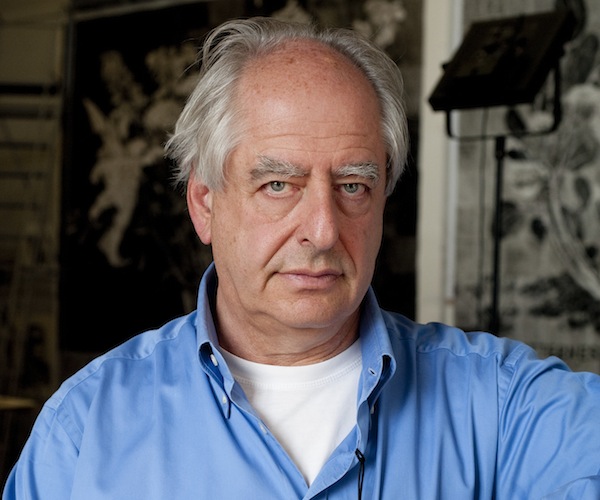
Kentridge, William
William Kentridge was born in Johannesburg on 1955.
He earned a Ba- chelor of Arts degree in Politics and African Studies and then a diploma in Fine Arts from the Johannesburg Art Foundation. At the end of the 1970s, he studied mime and theatre at the École Inter- nationale de Théâtre Jacques Lecoq in Paris.
Between 1975 and 1991, he was acting and directing in Johannesburgʼs Junction Avenue Theatre Company. In the 1980s, he worked on television films and series as art director.
In 1989, Kentridge created his first animated movie, Johannesburg,” DR 2nd Greatest City After Paris, in the series Drawings for Projection. For the series, he used a technique that would become a feature of his work – successive charcoal drawings, always on the same sheet of paper, contrary to the traditional animation technique in which each movement is drawn on a separate sheet.
His animations deal with political and social themes from a personal and, at times, autobiographical point of view, since the author includes his self-portrait in many of his works. This same animation technique was used for Sobriety, Obesity and Growing Old (1991), Felix in Exile (1994), History of the Main Complaint (1996), and Stereoscope (1999). In 1999, he created Shadow Procession using black carton cut-outs on pages of books and cards.
His participations include Documenta X in Kassel (1997), São Pau- loʼs 29th Art Biennial (1998) and the Venice Art Biennial (1999), as well as solo exhibitions in London, New York, Sydney, Kyoto and Johannesburg. He has also directed opera works including Wozzeck (Berg), The Magic Flute (Mozart), and The Nose (Chostakovitch), and has worked with the composer François Sarhan on a musical piece entitled I Am Not Me, the Horse is not Mine.
MAXXI in the world





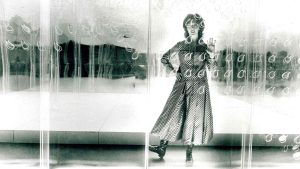






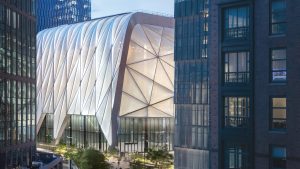
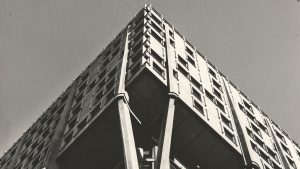



















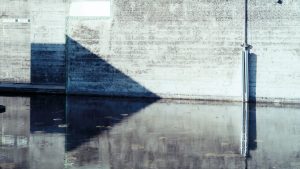
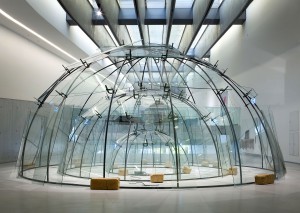
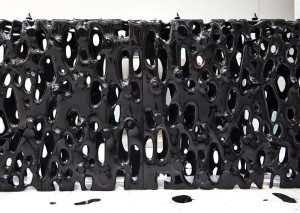
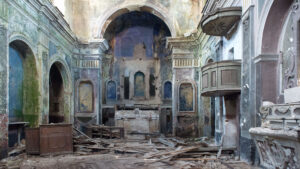


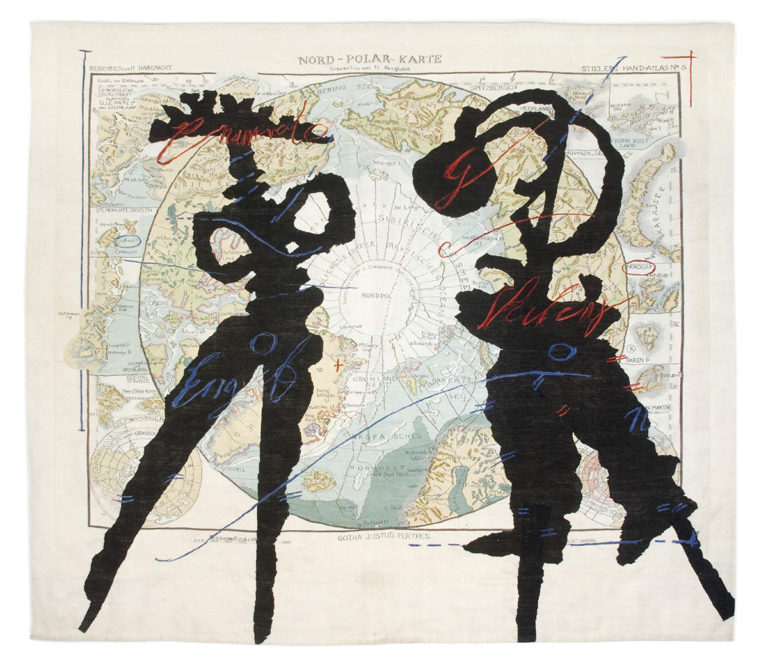
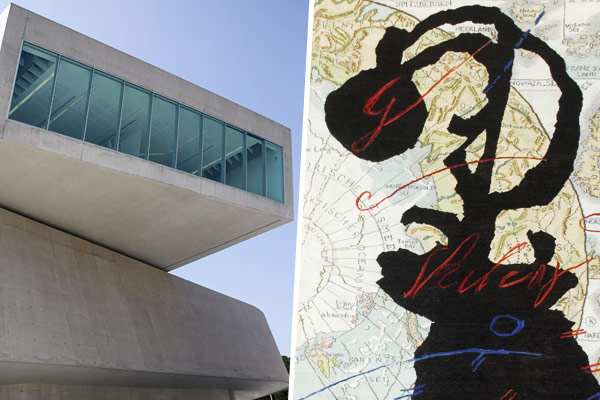
Gallery 4 – free entrance from Tuesday to Friday
On the occasion of the inauguration of Triumphs and Laments, the great project by William Kentridge on the banks of the Tiber realised by Tevereterno, MAXXI is paying tribute to the leading South African artist with the exposition of the six works belonging to the museum’s permanent collection, an encounter with the public (13 April 2016) and a cycle of guided visits exploring his work (13-17 April 2016).
Starting out with the great tapestry North Pole Map (2003) in which walking figures evoke life’s journey and the migrations of peoples. Preparing the flute (2004-2005) is a scaled-down version of the sets for Mozart’s Magic Flute directed by Kentridge and staged at the Brussels Opera that same year, in a conciliatory rereading of art and theatre as instruments of regeneration. Theatre again in Zeno Writing (2002), a video installation composed of shadows, animations, an accumulation of images and music inspired by Italo Svevo’s famous character. The charcoal drawings of Flagellant (1996-1997) and Untitled (2001) present a reflection on the body to which Kentridge great attention, in as much as it becomes a means of discussing the theme of the suffering and poverty of the human condition in the face of power. Lastly, Cemetery with Cypresses (1998), a charcoal drawing inspired by Claudio Monteverdi’s Il ritorno di Ulisse, sets the return of the Achaean hero in a Johannesburg hospital.
Under the patronage of the Embassy of the Republic of South Africa in Italy